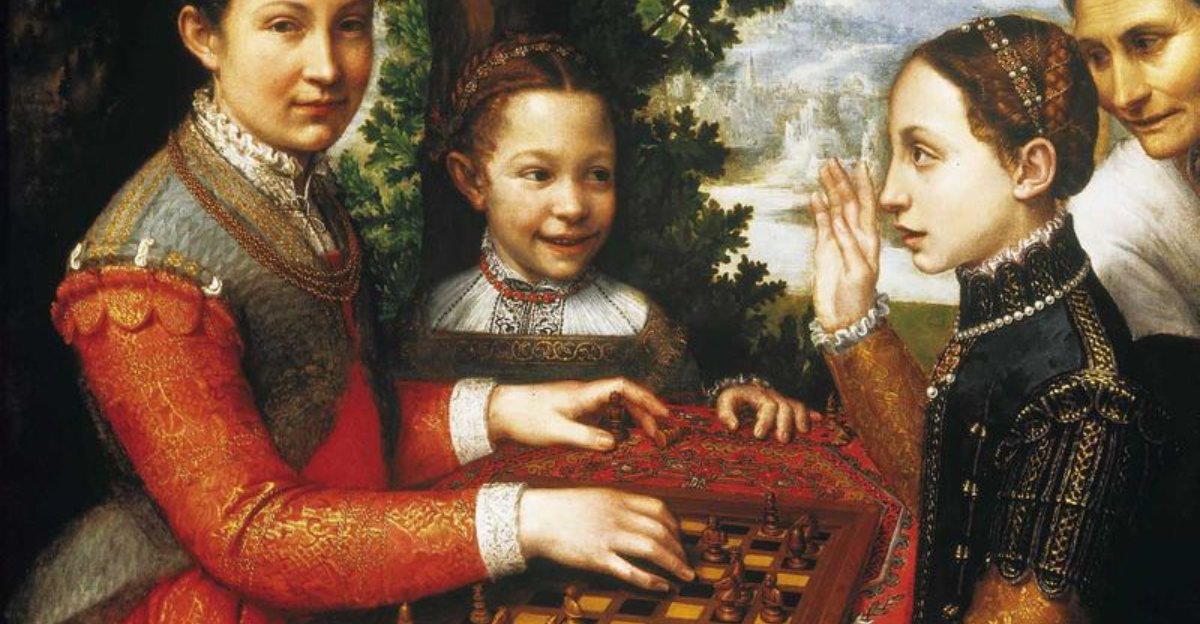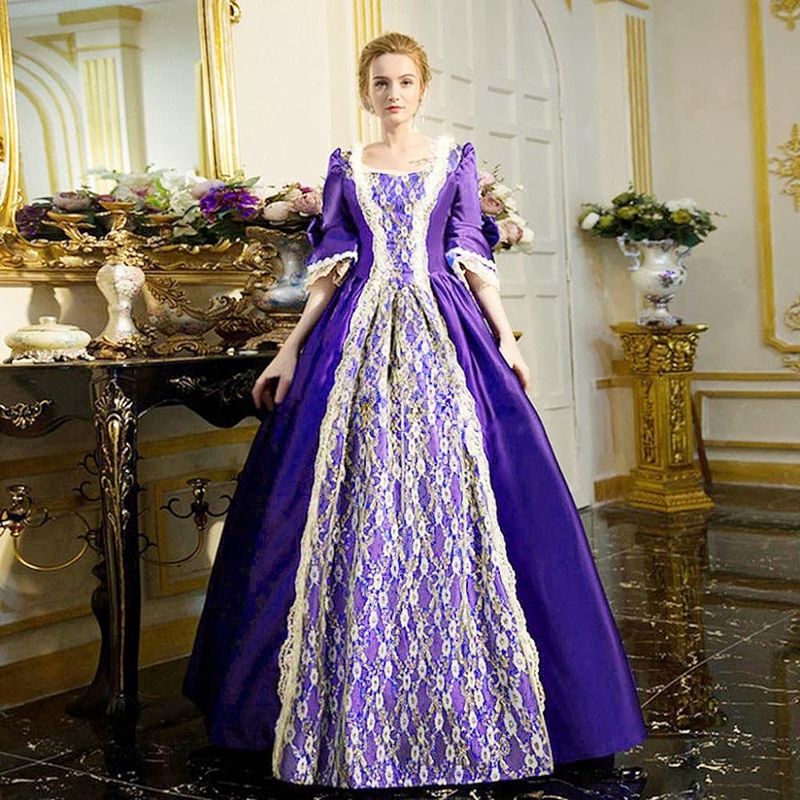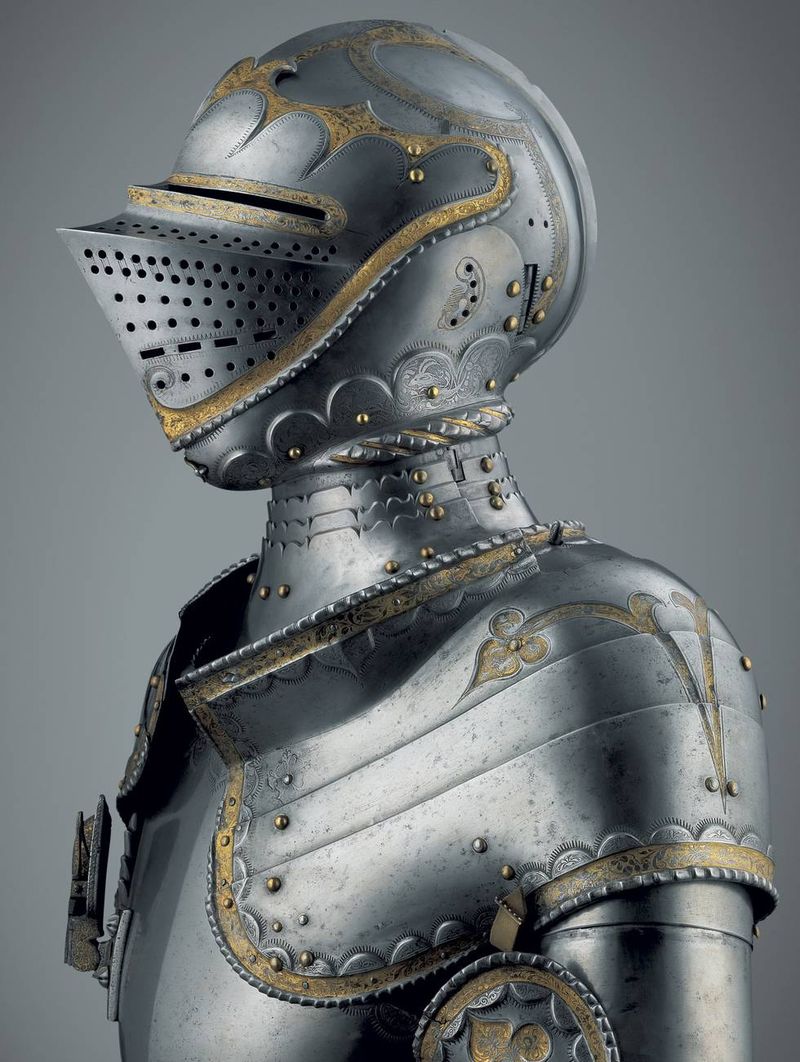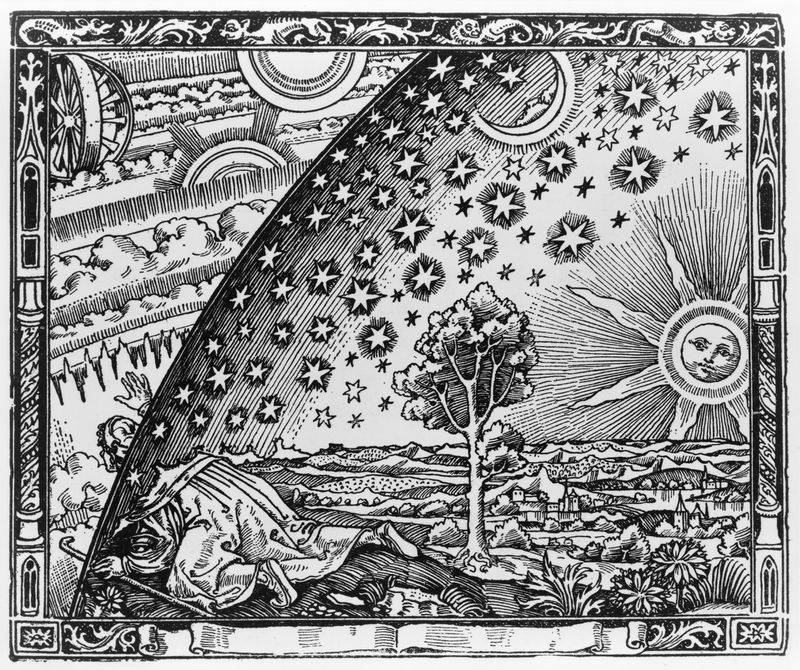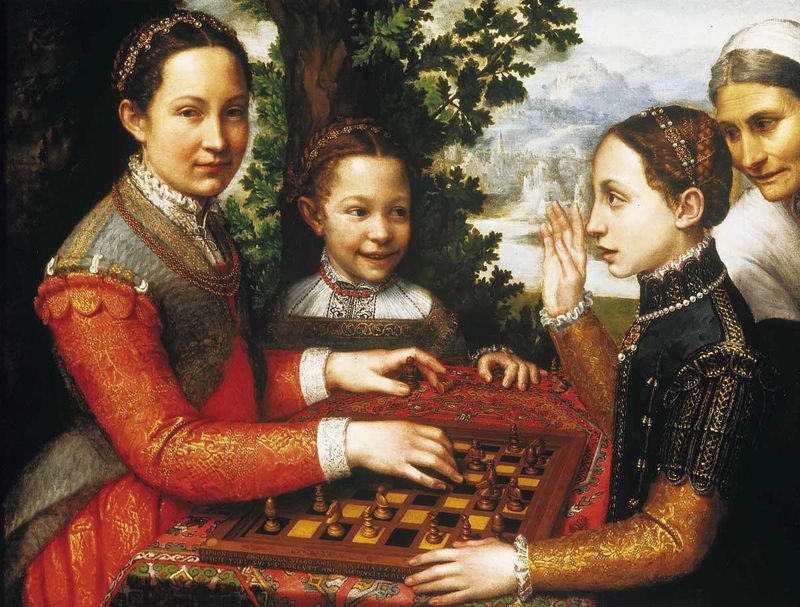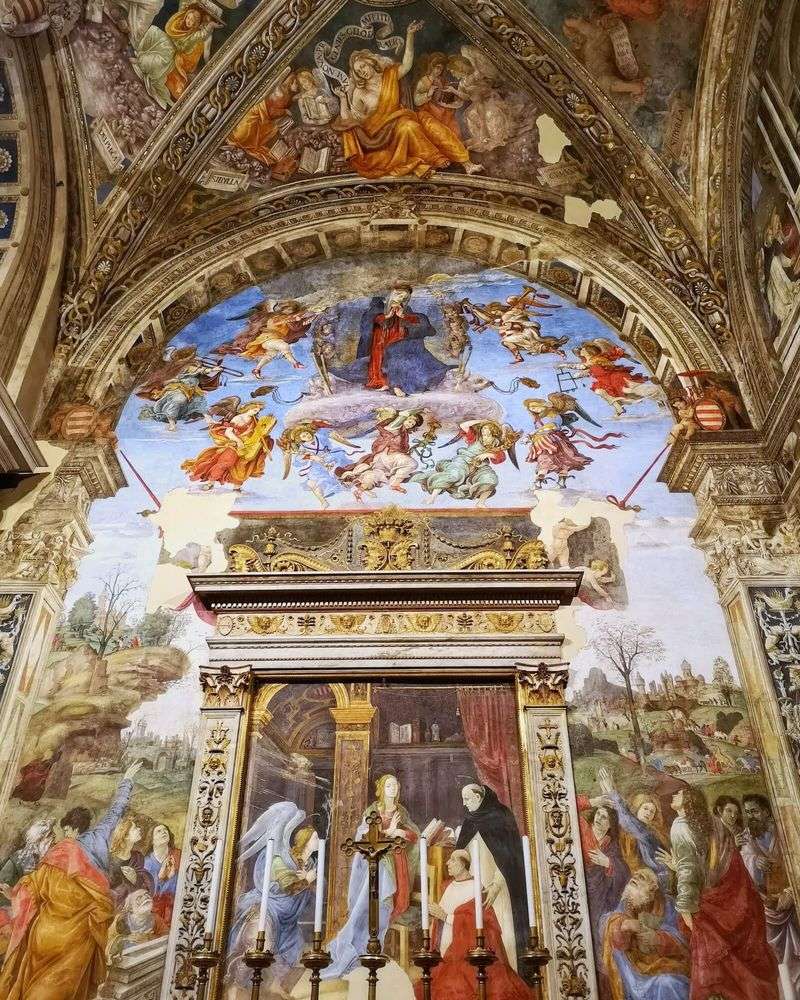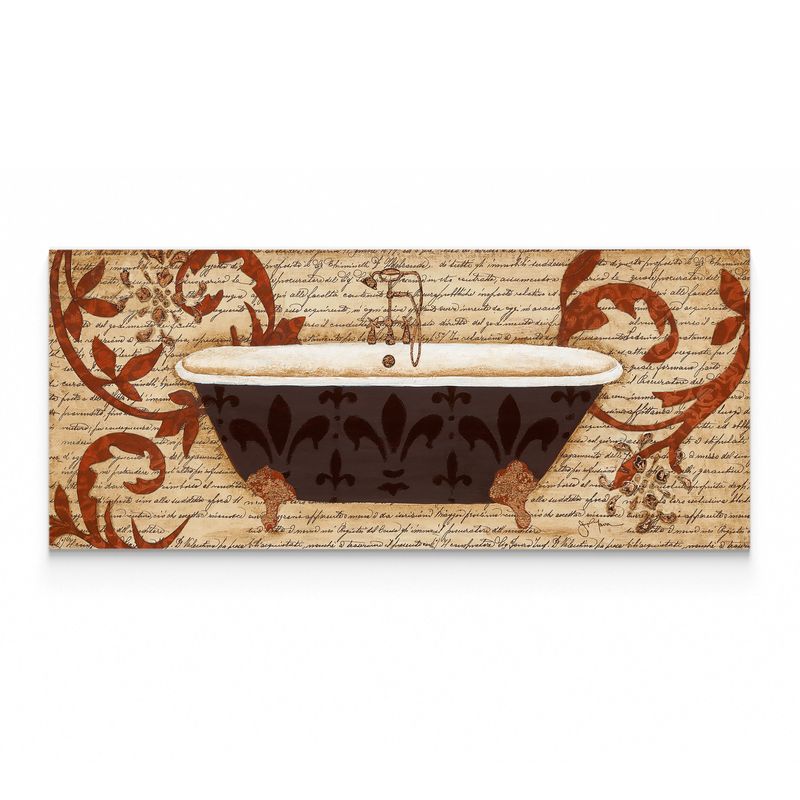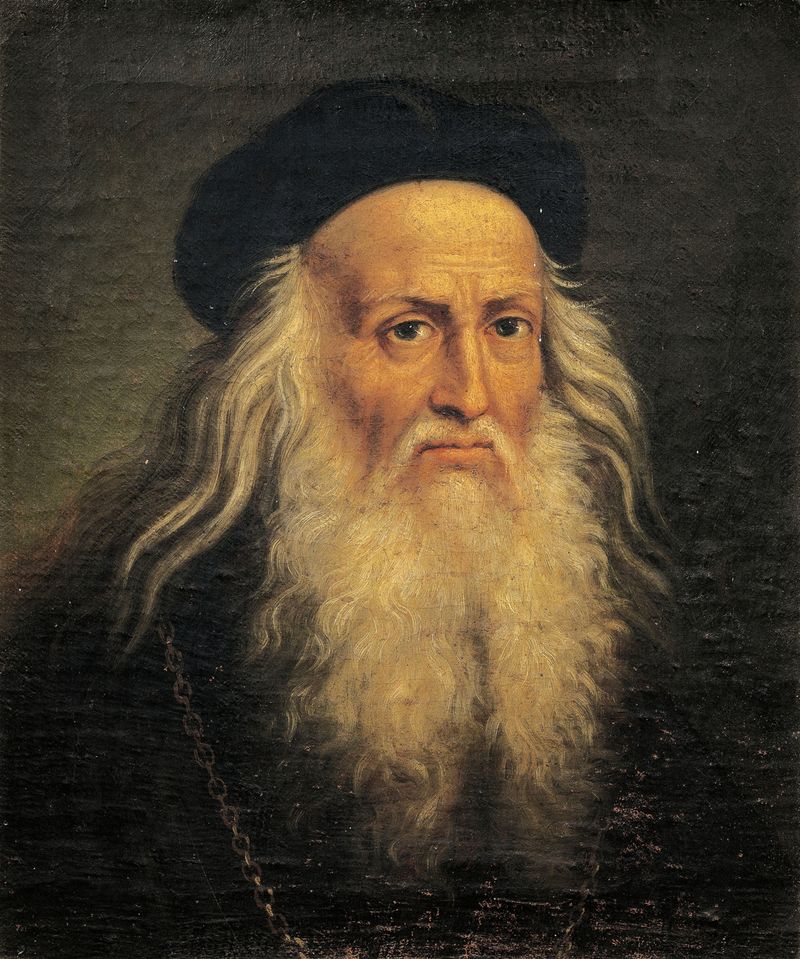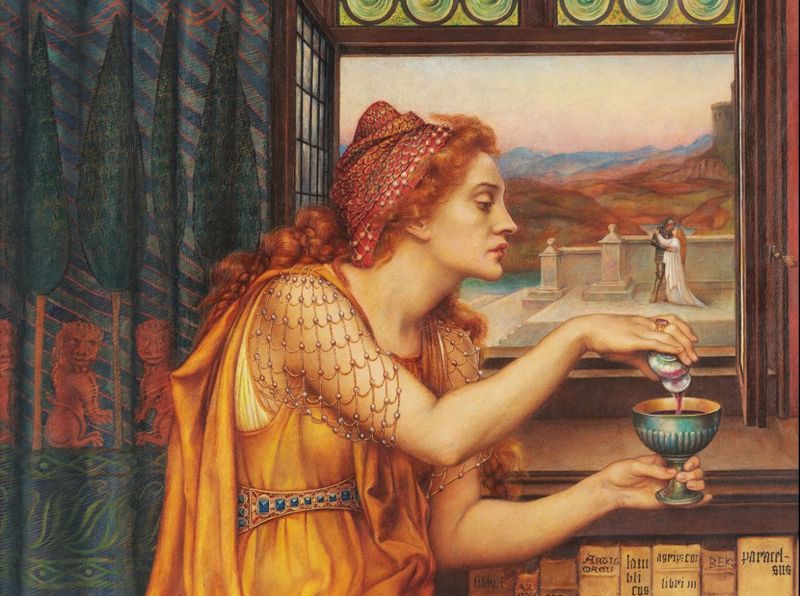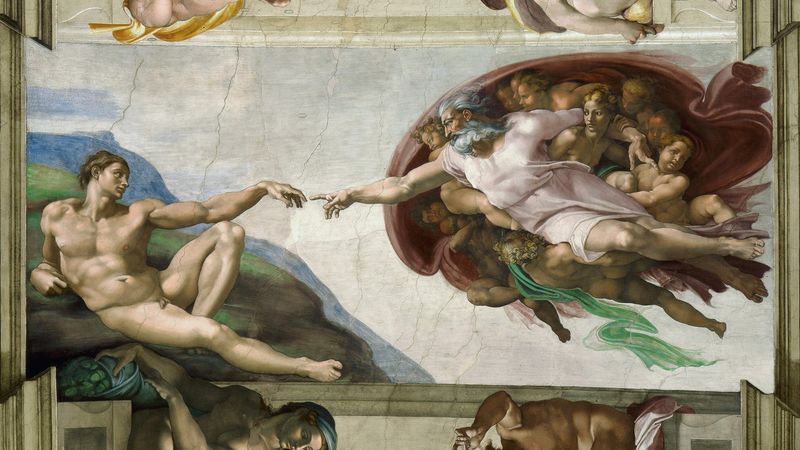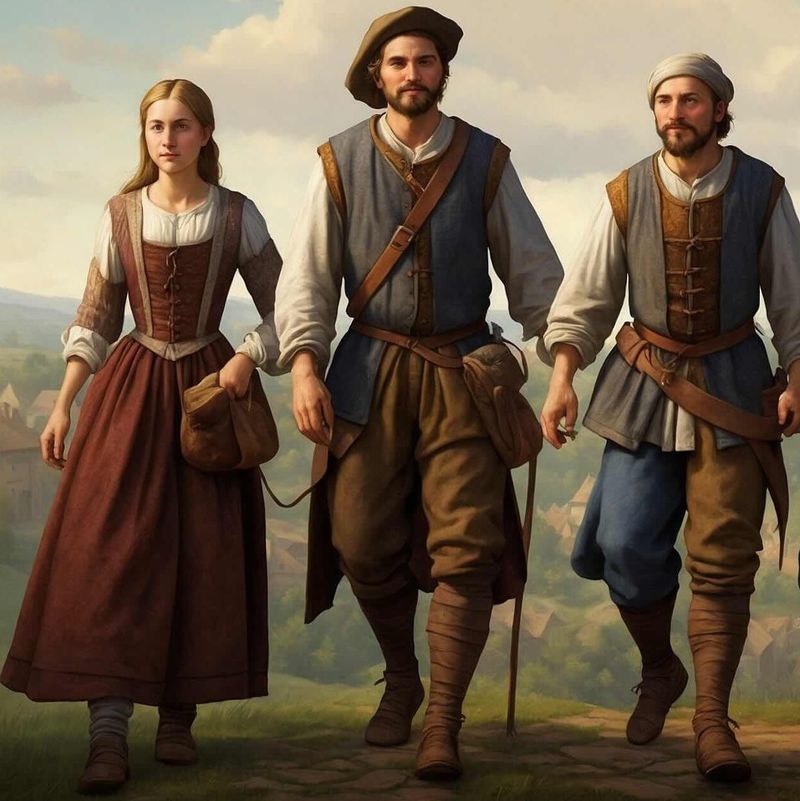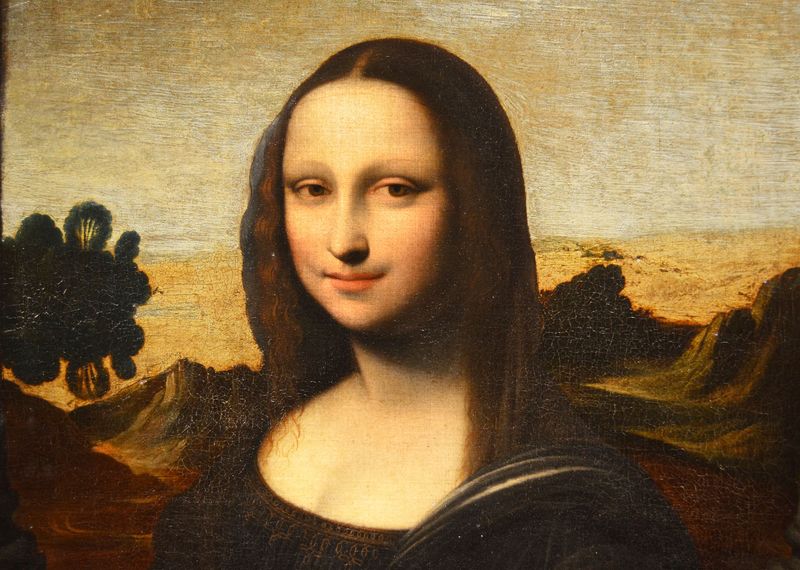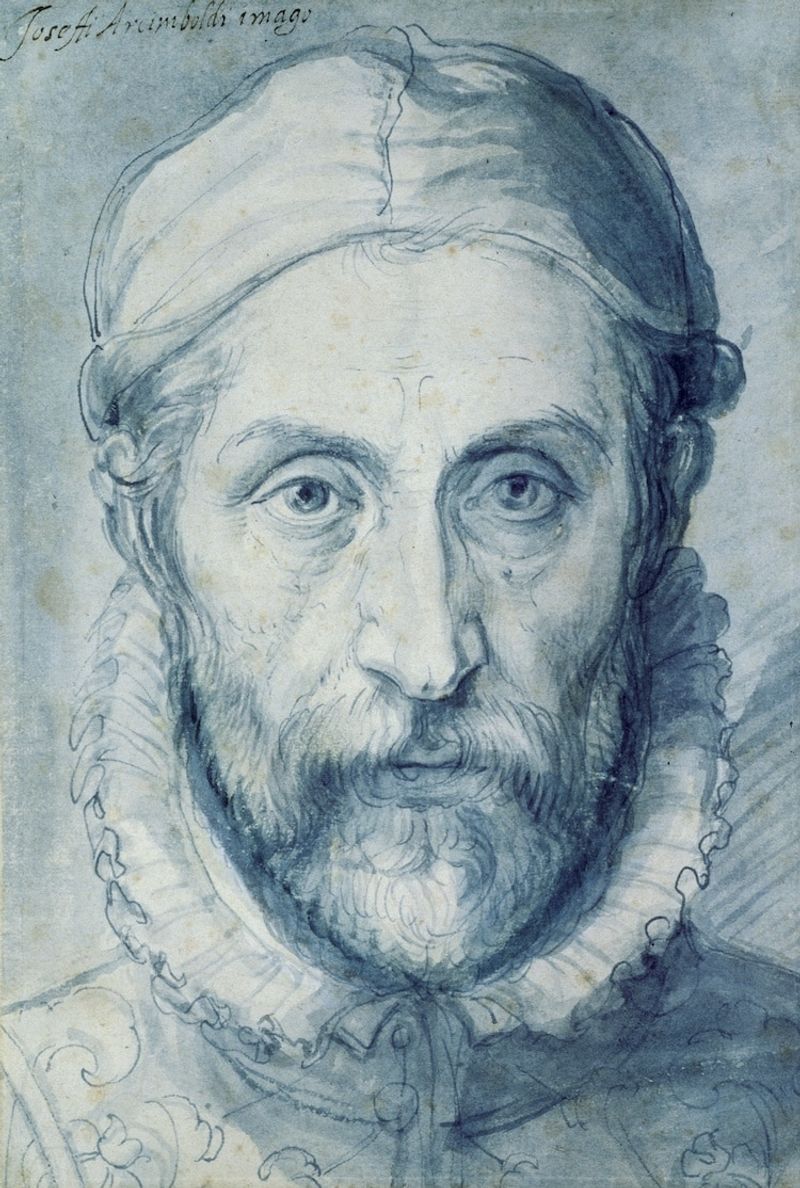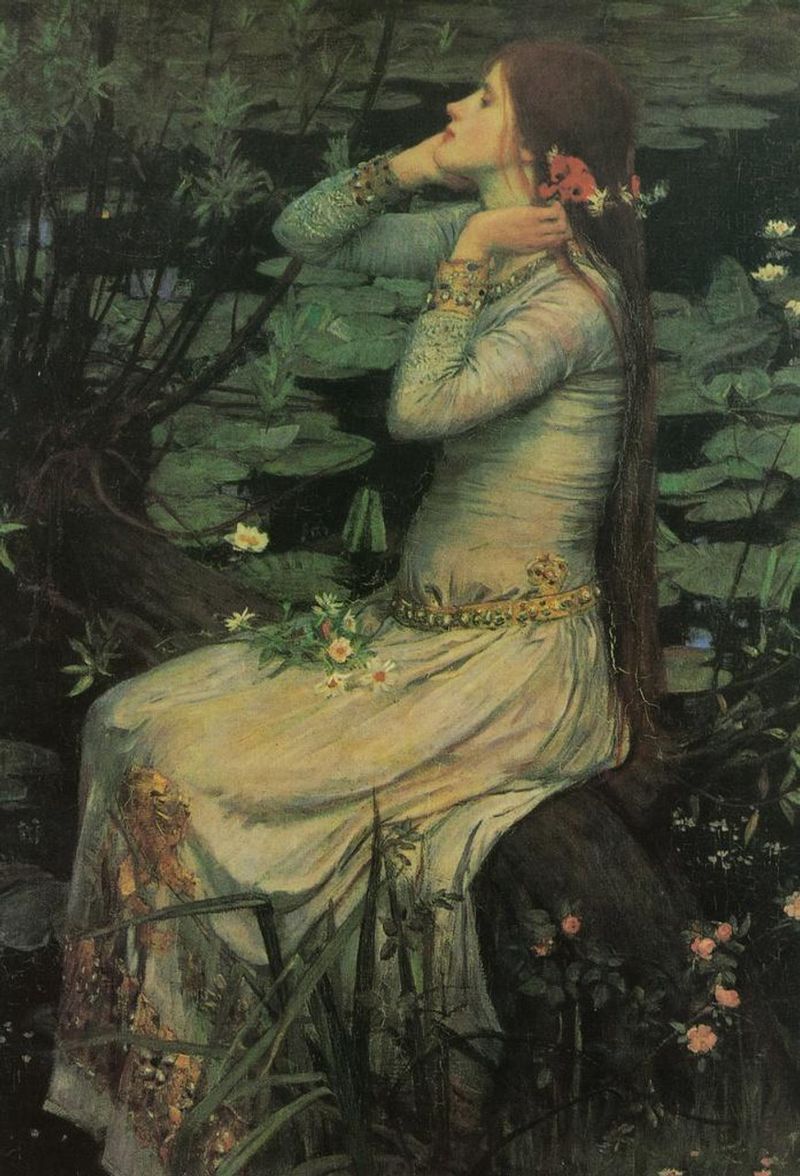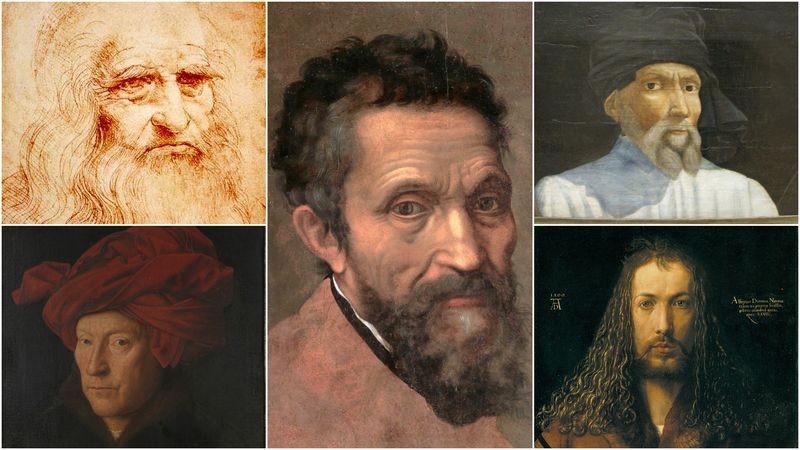Movies and TV shows often portray the Renaissance with a blend of fantasy and historical inaccuracies.
These portrayals lead to many misconceptions about the period.
This article explores 15 such myths, revealing the truth behind each misconception and offering a more accurate view of the Renaissance era.
1. Everyone Wore Fancy, Ornate Clothing
Movies often portray the Renaissance as a time when everyone wore elaborate clothing. However, in reality, only the wealthy had access to such wardrobes. Most people wore simple, practical outfits suited for daily labor. Fashion was indeed significant, but extravagant clothing was reserved for special occasions. Commoners prioritized comfort and functionality. Additionally, sumptuary laws restricted certain fabrics and styles to the elite. This ensured distinction between social classes, maintaining societal hierarchy. The elaborate outfits frequently seen in films were far from the norm, highlighting a disparity between cinematic depictions and historical reality. Understanding this clarifies the true Renaissance wardrobe.
2. Knights Were Still a Big Deal
Although knights in shining armor are synonymous with the Medieval era, they were not prevalent during the Renaissance. The concept of chivalry and knights was already declining by this time. Warfare and societal structures had evolved, and so had the roles of knights. Instead, mercenaries and professional soldiers became more common. Armor was being replaced by firearms and cannons in warfare. Yet, movies continue to depict knights as central figures in Renaissance narratives. This misconception overlooks the significant military transformations of the era, emphasizing outdated romantic ideals rather than the evolving realities of the time.
3. People Thought the Earth Was Flat
Despite popular belief, the idea that people in the Renaissance thought the Earth was flat is a myth. Educated individuals of the time were well aware of the Earth’s roundness. This knowledge was based on ancient Greek scholarship and observations by medieval scholars. Navigators and explorers, such as Columbus, operated with the understanding of a round Earth. This informed their expeditions and discoveries. The misconception likely stems from misinterpretations and simplifications in storytelling. Highlighting this understanding underscores the intellectual advancements of the era. Recognizing these facts aids in appreciating the Renaissance’s contribution to scientific progress.
4. Women Had No Influence
The Renaissance era is often perceived as male-dominated, but women held significant influence. Figures like Catherine de’ Medici and Elizabeth I exemplify female power and political acumen. Catherine maneuvered through the complex dynamics of French politics, while Elizabeth I led England with strength and intelligence. Women in various regions contributed to arts, literature, and governance. Their roles, though sometimes constrained by societal norms, were pivotal. Despite being underrepresented in historical narratives, their impacts were profound. Recognizing their achievements challenges the notion of a purely patriarchal society during the Renaissance, highlighting the diverse contributions of women to the era.
5. The Church Opposed All Science
It’s a common belief that the Church opposed all scientific endeavors during the Renaissance. However, this is an oversimplification. While there were conflicts, many scientists received support from religious institutions. The Church supported universities and scholars, facilitating scientific exploration. Figures like Copernicus and Galileo faced opposition, yet others like Kepler and Newton thrived with ecclesiastical support. The relationship between the Church and science was complex, involving both conflict and cooperation. Acknowledging this nuanced interaction provides a more balanced view of the era. It also illustrates the intertwined development of science and religion during the Renaissance.
6. People Took Baths Only Once a Year
The myth that people in the Renaissance rarely bathed is misleading. Bathing was a common practice, especially in certain European regions. Public bathhouses thrived in cities, where people of various classes gathered for hygiene and socialization. Hot springs and private baths were also popular. Personal cleanliness varied according to social status, location, and availability. While some periods discouraged bathing due to health beliefs, many Renaissance cultures valued cleanliness. This myth perhaps arises from later historical periods where hygiene declined. Understanding the diverse hygiene practices of the time dispels misconceptions, offering insight into daily life during the Renaissance.
7. Leonardo da Vinci Was Just an Artist
Leonardo da Vinci is often celebrated solely as a master artist, but his genius extended far beyond painting. He was a polymath—an engineer, scientist, and inventor. His sketches include designs for flying machines, anatomical studies, and innovations in hydraulics. Leonardo conducted detailed scientific inquiries, merging art and science seamlessly. His notebooks reveal a mind constantly exploring varied disciplines. This multifaceted expertise made him a quintessential Renaissance man, embodying the era’s spirit of curiosity and discovery. Recognizing Leonardo’s diverse talents paints a fuller picture of his contributions and the broader intellectual landscape of the Renaissance.
8. Witch Hunts Were a Huge Renaissance Thing
Witch hunts are often associated with the Renaissance, yet they were not as rampant as believed during this period. Major witch hunts peaked in the 17th century, after the Renaissance. The era focused more on humanism and scientific inquiry. Fear of witchcraft did exist, but it did not dominate the cultural landscape as often portrayed. Legal systems varied, and many regions required substantial evidence before prosecution. Renaissance society was complex, balancing superstition with emerging rationalism. Understanding this context helps dismantle exaggerated narratives and appreciate the Renaissance’s broader focus on progress and enlightenment, rather than fear-driven persecutions.
9. The Renaissance Was Just About Italy
While Italy is often the focal point of Renaissance discussions, the movement was widespread across Europe. Renaissance ideas flourished in France, England, and the Netherlands. Each region contributed uniquely to the era’s cultural and intellectual advancements. France saw developments in art and architecture, while England experienced literary growth, notably with Shakespeare. The Dutch excelled in painting and trade. These diverse contributions enriched the Renaissance, creating a pan-European phenomenon. Emphasizing only Italy obscures the full scope of the Renaissance’s impact. Recognizing the era’s extensive reach highlights the collaborative nature of European cultural and intellectual evolution.
10. Peasants Were Uneducated and Illiterate
The notion that all peasants during the Renaissance were uneducated and illiterate is misleading. Education varied widely, and literacy rates were higher than often assumed, especially in urban areas. Many commoners had access to basic education through local schools and religious institutions. Urbanization facilitated knowledge exchange, increasing literacy among the working class. This literacy enabled participation in civic life and economic activities. The spread of the printing press further democratized information, reaching broader audiences. Challenging this stereotype acknowledges the diverse educational experiences of the time and the gradual advancement of literacy during the Renaissance.
11. Mona Lisa Was Universally Celebrated
The Mona Lisa, now iconic, was not always celebrated universally. During the Renaissance, it was one of many admired artworks but gained little extraordinary attention. Its present fame escalated in the 20th century, especially after being stolen in 1911, which captured international headlines. The painting’s enigmatic smile and artistic mastery were appreciated, yet it wasn’t singularly distinguished for centuries. This evolution in reputation reflects changing tastes and the influence of modern media. Recognizing this shift illustrates how art’s significance can transform over time, shaped by historical events and cultural developments beyond the artist’s original context.
12. People Died at 30
The belief that people in the Renaissance only lived until 30 is a misconception. While average life expectancy was low due to high infant mortality, those who survived childhood often lived into their 60s or beyond. Socioeconomic status, environment, and medical knowledge influenced longevity. Artworks and records from the period depict elderly individuals engaged in family and societal roles. Improved diets and urban living conditions contributed to extending lifespans for some. This erroneous belief overlooks these complexities, painting an overly grim picture of the era. Appreciating these nuances offers a more accurate understanding of Renaissance life expectancy.
13. Everything Was Hyper-Romantic and Beautiful
Cinema often portrays the Renaissance as an era of unending beauty and romance. In reality, the period was marked by contrasts. Magnificent art and architecture coexisted with war, disease, and poverty. Cities were vibrant but crowded, with social and economic challenges. The Black Death left a lasting impact, and political conflicts were frequent. While beauty and innovation thrived, life’s hardships shaped the era. These dualities create a richer historical narrative than the purely romanticized versions. Recognizing this complexity helps us appreciate the Renaissance’s achievements alongside its struggles, offering a more balanced view of the period.
14. Galileo Was Imprisoned for His Discoveries
Galileo’s story is often simplified, depicting him as imprisoned for his scientific beliefs. In reality, he was placed under house arrest but continued his work. His support of heliocentrism clashed with Church doctrines, leading to his trial. Despite restrictions, he persisted in his scientific endeavors. Galileo’s situation was emblematic of broader tensions between emerging scientific ideas and traditional beliefs. His house arrest allowed him to write and correspond with other scholars. Understanding these details provides a nuanced view of his life and contributions. It highlights the resilience of scientific pursuit amid ideological challenges during the Renaissance.
15. Renaissance Artists Starved for Their Art
Contrary to the romantic notion of starving artists, many Renaissance artists enjoyed patronage and financial stability. Wealthy patrons, including nobility and the Church, funded their projects, providing resources and recognition. Artists like Michelangelo and Raphael worked on grand commissions and lived comfortably. Patronage was crucial for artistic careers, offering both support and creative collaboration. The thriving economy allowed for investment in art, benefiting both artists and their patrons. This support system enabled artists to focus on their craft and achieve greatness. Recognizing the robust patronage system challenges the myth and highlights the flourishing arts scene of the era.
